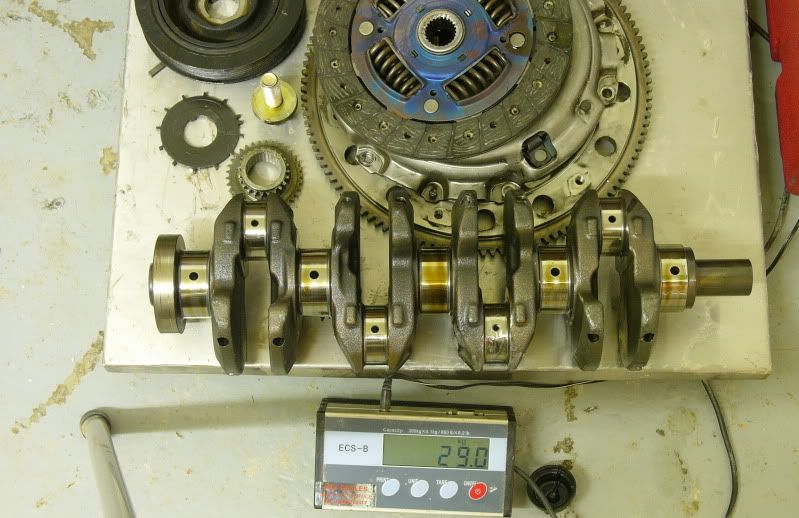woody wrote:Does it not occur to you that Honda will have built that engine to a set price and have chosen to spend on the head rather and on reliability than the weight of the moving parts?KingK_series wrote:woody wrote:Perhaps Honda have to look at a whole different set of requirements for a production engine Vs a hand full of hand built engines? Or indeed a Rover K. Perhaps if Austin Rover had persued a more conservative design they'd have had a more reliable, cheaper to produce, product.
Well I don't like conservative, cheap engines either, on the other hand I love engineering, I love engineering that works, and the lightweight K is manner from heaven, whereas the K20 is crude in many ways, rough, heavy and built in tiny numbers. The K series build was 6 million.
I'm surprised the rover K build was that high, but comparing a range of 1.1 > 2.5 engines over a vast number of vehicle designs Vs an engine type in two (three if you count the Atom?) cars. Not really relevant. I do agree though, I like to see good, lean and well considered engineering. It's just in a mass market product it's not always relevant, esp. when iVtec is a more marketable USP that lightweight internals.
I havn't got to the head yet - please be patient, got lots to say about that too -
Rover K16 had the largest build of any European engine and is right up there world wide.
Ivetec is an attempt at saving grace in many ways.............the heavier slower to rev crankset takes longer to accelerate the engine, therefore car, therefore it takes longer to get on cam, - so use ivetc or a vvc system to offset/help/mitigate the issue.
I have recently being trying to use variable valve timing on one of my race engines [Rover ] - but the mechs just dont like revving to 9500rpm, I have just heard that no one has ever made any variable valve timing device hold together above 9500rpm, - I was trying to get it to work on an engine that revved 9500+ , no way....you live and learn.
